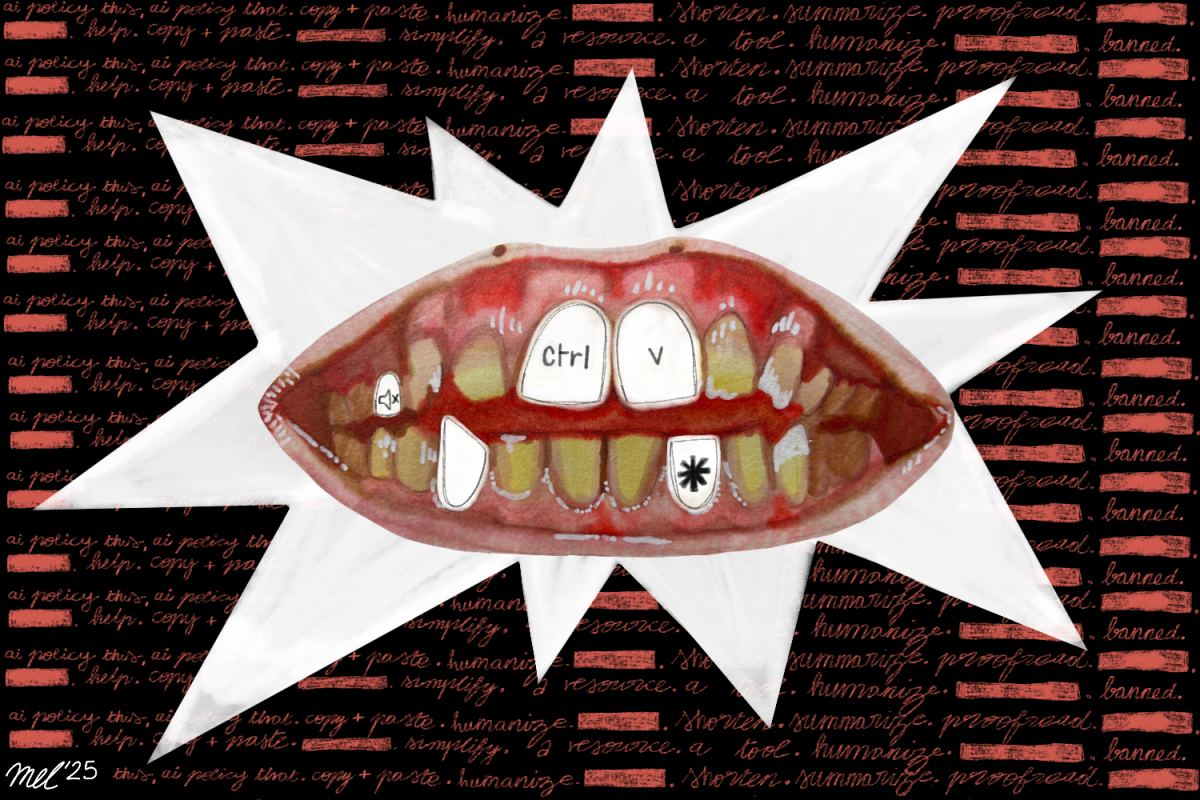Pipe dream. Wet dream. Dreamboat. Dream team. Dream maker. Like a dream. Living the dream. A dream come true. American Dream. Manic pixie dream girl. Beyond your wildest dreams.
The concept of “dreams” reveals itself in our language of discourse as an entity of pleasurable and spectacular ideal, of which our attempted realization of the dream’s perfection is, at best, delusion. Its use as a figurative speech and in symbolism does not make it explicit on what it is. The dream is a rapid sequence of intertwined feelings and thoughts coinciding with impalpable scenes, accessible only through sleep.
Psychoanalysis’ infamous father, Sigmund Freud, defined the dream as an extension of conscious wakefulness. Freud’s extension of the waking state separates itself from the state of consciousness and becomes the formal state of the unconscious, in what Freud referred to as “normal psychosis” — with the dream connotative of insanity and antithetical to reality.
The wakeful state of consciousness is the entrance into a material world of societal convention, which Jacques Lacan identified as “symbolic order.” We are all acculturated into the symbolic order of consciousness through the developments of language, law, community and culture. It is self-consciousness systemized by the amalgam of other individuals and social organizations.
As a holistically organized system, the surface of the symbolic order gleans notions of anti-individuality. This is incorrect. The symbolic order’s directive compels it to have its own cyclical events of wants, needs, energy sources and work production. In how the symbolic order maintains itself, it parallels humanity’s individuality both psychologically and biologically. The symbolic order only appears so conformist insofar as it pretenses interconnection as fallacy to favor mechanistic rational conceit.
The symbolic order is what most refer to as the dream’s opposition: “reality.”
Nevertheless, “reality’s” late entrance implies a departure from its fundamental exit. The theory of the bicameral mind supports this. The bicameral mind theory asserts that the “lateralization”— the separation of cognitive processes — of the human brain occurred through the emergence of language, therefore creating consciousness. But before the dissection of the brain into dual separable parts, the pre-bicameral mind was whole. And in splintering the mind, consciousness had to be created; the unconscious was always there. Metaphorically speaking, consciousness is a child; its elder is the unconscious. Who do we respect more: the young and naive, or the old and wise?

It is even more ironic that the undeveloped brain of youth is most perceptive to what is fundamental. This is because they have yet to “lateralize” themselves into society. The young have mostly floated in the pure, infinite vacuum — void of energetics or momenta — of the unconscious. The symbolic order’s door stands ever-present but has not yet been opened. After being opened and entered, the door locks itself shut behind its passengers. “Reality’s” non-fundamentality means the conscious symbolic order’s room of “reality” is not complete reality.
The origin of reality is found in the unconscious. It is important to the “reality” we now inhabit.
The unconsciousness’ importance is illustrated in history. In the mid-19th century, chemists struggled to illustrate the structure of the benzene molecular compound. August Kekulé, lost in the vacuum of daydreams, experienced images of an ouroboros — a snake eating its tail. Through the unconscious alone, the ouroboros of Kekulé’s benzene dreams materialized into “reality’s” chemistry. Kekulé appealed to the symbolic order’s logical rigor with his dream’s spontaneous ideal.
Again, our language of pipe and wet dreams, of pretty dreamboats and lovely dream girls and lives lived like dreams, indicates that an escape to dreams is what we all yearn for, although not all dreams are pleasant. Many are nightmares. The only trait all dreams share is unconsciousness. The spatial overlap of the unconsciousness’ dreams and nightmares are glaring in their contradiction. We do not wish for an escape from the misery of our lives; we have a need to return to our first reality.
The human mind is most perceptive of fundamental reality at birth, and those who have passed through the symbolic order’s door have had their capacity for fundamental reality reduced by the stringent enforcement of ego and consciousness. Even traditional dream recall may not fully explain what glimpses of first reality appear to us in dreams: it has been claimed that a dream’s manifest image — the subject of the dream report — is retrievable in the conscious state, while its latent content — objective meaning — is irretrievable.
However, we have not lost the ability to dream. It is a mistake to conclude that evolution is life’s doom. It is also a mistake to see change as society’s standstill, or think the community we are involved in is a lie (after all, the ideas herein were learned from community). This is no call for primitivity but for the unity of our pasts with our nows. Through this our community will no longer hollowly symbolize true order when in truth it is its mimicry. Only through unity can our fragments again coalesce into our telos of the ordered whole. Only through the unification of our first dream of reality and our current reality of dreaming can we progress to the reality of our dreams.
Through law, language, culture, community and consciousness, we already strive for order. But our striving for order is ceaseless when order’s shadow avoids the dream from which we were born. The locked door to the reality of our dreams has one key — it is unconsciousness; it is irrationality; it is individuality; it is history; it is mystery; and it is sleep.
Let the dream heal us while convention infects us. We need to go to sleep to wake back up.



















































































































